Eat More Peppercorns

Image: Steenbergs via Flickr
My favorite thing to eat in the entire world, aside from Ferrero Rocher bon-bons and flan, is a Szechuan dish called ma po tofu. Cubes of silken tofu and ground pork are cooked together in a spicy red sauce, thick with fermented black beans, chili oil, ginger and tiny, metallic, tangy Sichuan peppercorns. It is best served over rice and decidedly at its worst when served with peas—something I have only encountered once in the wild at a Chinese restaurant in Williamsburg that was featured heavily in an episode in the final season of “Girls,” when Hannah’s mother eats too many edibles and finds inner peace eating soup dumplings at a table, solo.
Eating the dish will eradicate your palate such that if you wanted to enjoy anything other than the taste of metal in your mouth, you’d be at a loss. Sichuan peppercorns are a divisive spice. You either hate them and will assiduously pick them out of any dish where they might be present, or you love them unabashedly, crunching the little fuckers between your teeth and releasing the their tingling essence. A sichuan peppercorn is the epitome of ma-la, roughly translating to “numb-hot,” because that is the sensation that occurs when you eat one. Sweat breaks out on your upper lip, but it’s not the searing-white heat of a ghost pepper or the tangy acid of a Scotch Bonnet. There are never tears, just an overall feeling of heat, of numbness—absent the nose-tickling anticipatory hell of black pepper or the floral and slightly dusty mouthfeel of white.
Blue Hawaii, "Versus Game" (Hwulu Remix)
Thanksgiving is two days away, but in Now Hours it might as well be next month. Can you believe it was only a year ago that Mike Pence went to see Hamilton? We’ve lived and died a million lives since then and we’ll live and die a thousand more before the first fight on Thursday. Anyway, here’s music, enjoy.
New York City, November 20, 2017
 ★★★★ The wind made ripping and bashing noises through the night, but all the sounds of storminess led to a dry morning. Sun came through gaps in the silver-gray clouds in bursts of light like the gusts of wind. Two separate sun images both bounced their beams off the mirrored tower and into the living room on different trajectories. The people outside had the excitement of being harried and bustled without the pain of being cold. “If I run fast enough and the wind is strong enough, I’ll fly,” the six-year-old said, giving it his best try. The light was as bright as a polished steel chain curtain.
★★★★ The wind made ripping and bashing noises through the night, but all the sounds of storminess led to a dry morning. Sun came through gaps in the silver-gray clouds in bursts of light like the gusts of wind. Two separate sun images both bounced their beams off the mirrored tower and into the living room on different trajectories. The people outside had the excitement of being harried and bustled without the pain of being cold. “If I run fast enough and the wind is strong enough, I’ll fly,” the six-year-old said, giving it his best try. The light was as bright as a polished steel chain curtain.
Ketchup Is A Pickle
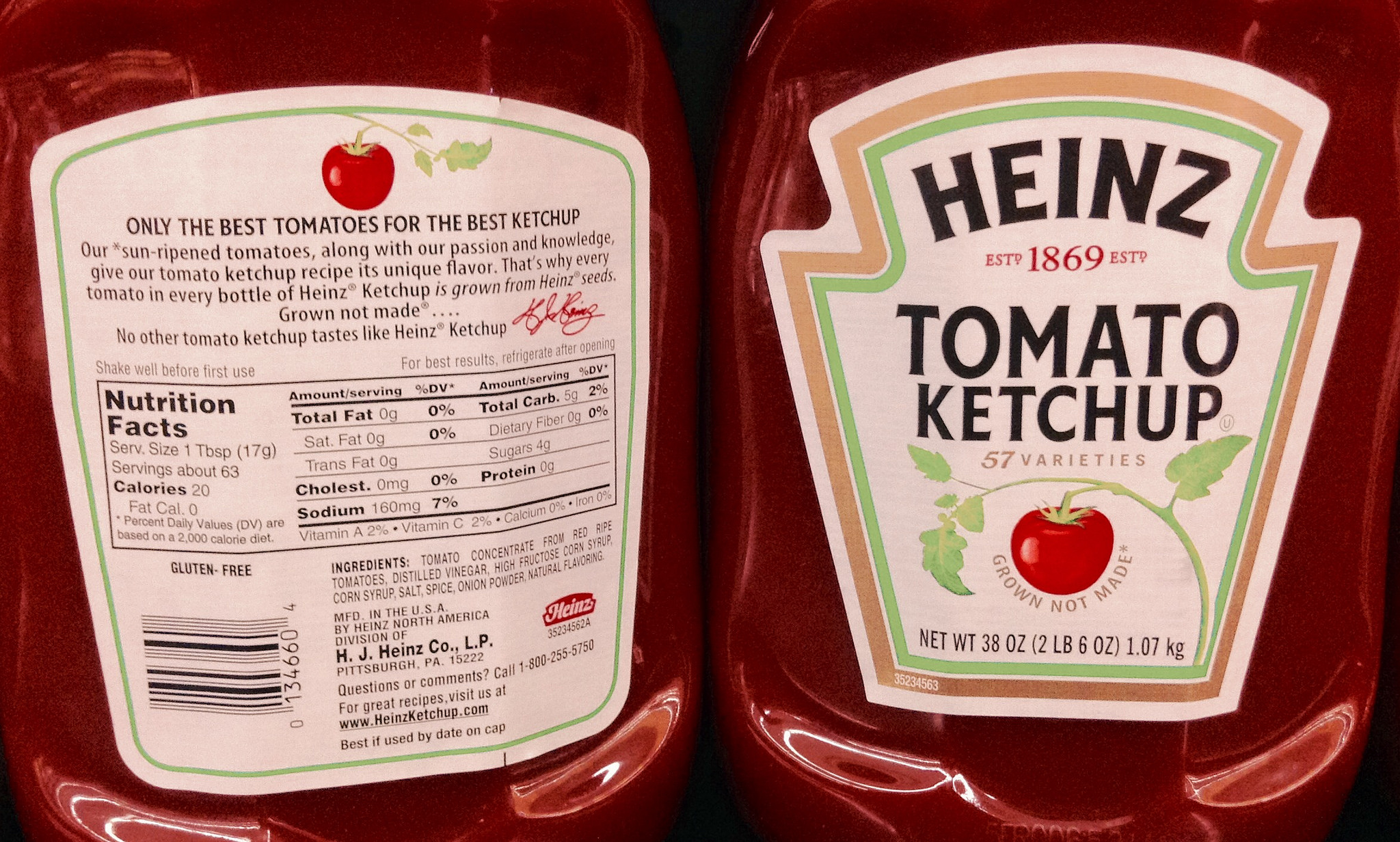
Image: Mike Mozart via Flickr
I need to tell you something, which is that ketchup is, unfortunately for you, a pickle.
Not a moral pickle, but a culinary pickle.
Is relish a pickle? Yes—since pickles can be whole or sliced cucumbers, the physical integrity of the vegetable is immaterial to the pickle status of the vegetable in question. Therefore relish is also a pickle.
I know this is a sad day for people who obsess over artisanal pickles and order the pickle plate at every bougie restaurant in Williamsburg. These pickles may have notes of coriander or nutmeg, or exotic vinegars. Fancy pickles are nice. They’re not that hard to make, but I appreciate the effort and the attention paid to elevate what was previously a sad, limp sidekick to a sandwich. A good pickle cuts through fatty, creamy, decadent dishes, and a good fatty, creamy, decadent dish accentuates the freshness and crispness of a good pickle. Pickles are great. This is not an attack on pickles.
Julio's Seasoning
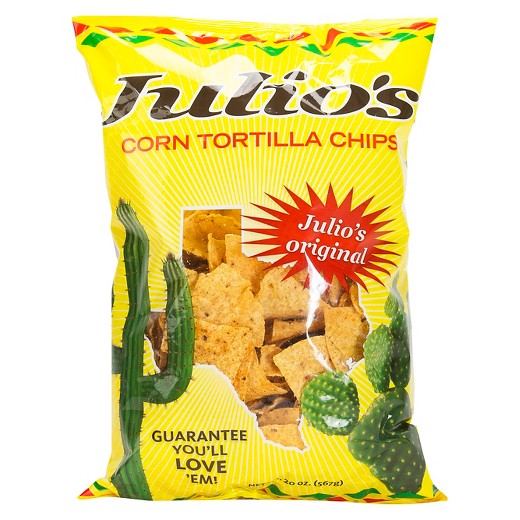
Within the first few years of my move to New York City, I was invited by a fairly new friend to spend a weekend at her parents’ summer home in Vermont. While initially surprised by the invitation, what I came to learn about the East Coast is that the adult children of people with summer homes in Vermont-—or upstate, or the cape, or anywhere else a day’s drive away from Manhattan—have been told again and again by their parents something resembling, “We paid for it, so you may as well use it,” thus making the barrier to entry considerably lower than I expected. Low enough, for example, for me to be allowed in. So I, the newest and youngest and least northeastern friend, joined the others and drove seven long hours in a rented sedan to the southern edge of the Green Mountain state.
The house, which sneaks up on its visitors on a winding, canopied, one-lane road just north of the Massachusetts border, was modest in size and furnishings, but its surrounding autumnal beauty and mere designation as a “summer home” was enough to make it feel utterly palatial. Having grown up in a hot state where second homes were uncommon and, if they existed, filled with guns for hunting deer and almost always known as, simply, “the place,” the whole experience—being in a perfect little place created for the sole purpose of making its rotating assortment of guests feel comfortable—was new and wonderful to me. For those three lovely days, the group of us did a lot of sitting quietly with our books, taking solo hikes through the soggy, transitioning forest, playing a board game called Incan Gold, and getting to know each other a little better over the snacks our host had brought from the nearest Stew Leonard’s.
Getting There is Only Half The Fun If Being There Is Any Fun At All
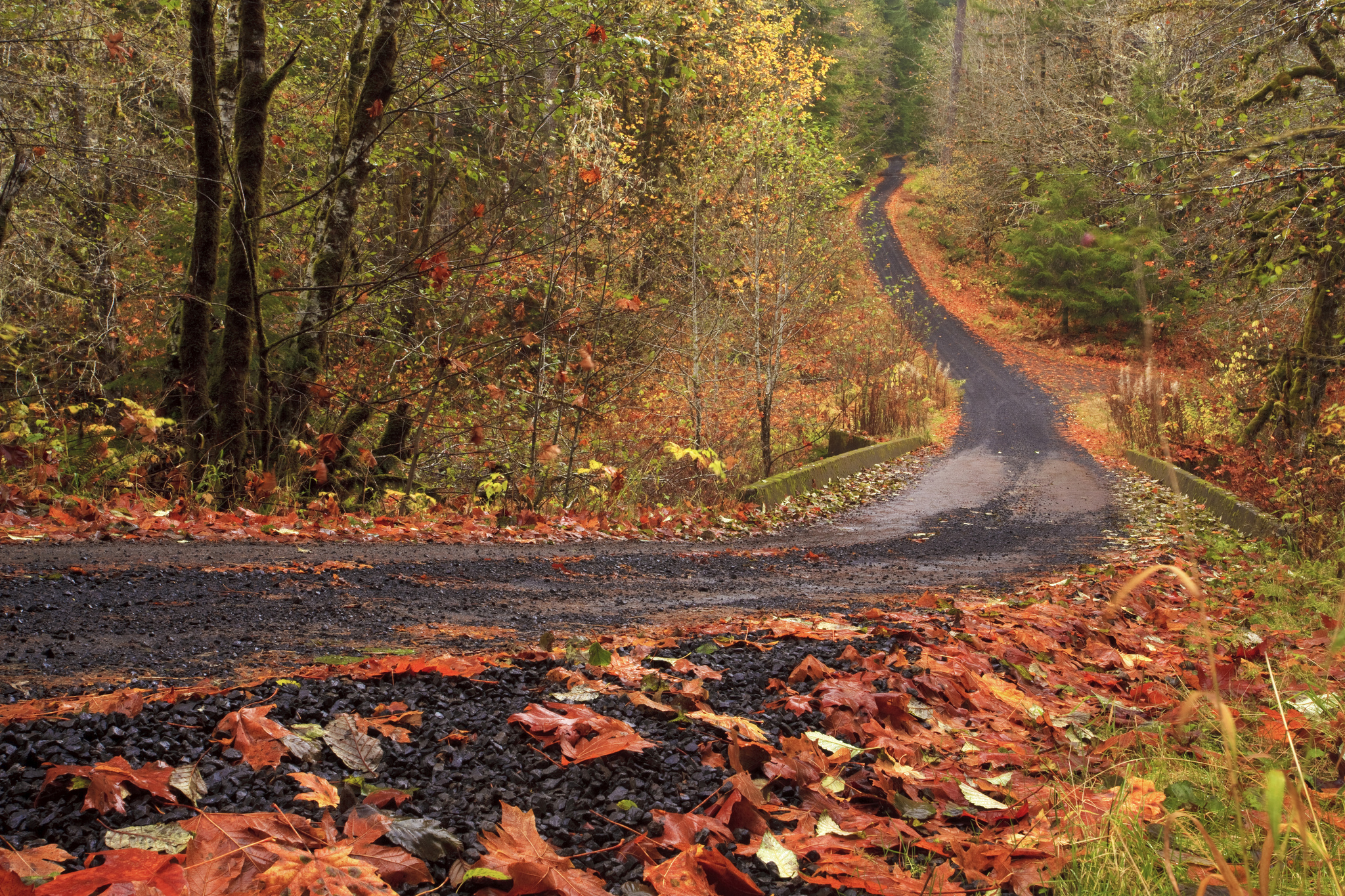
Image: Ian Sane via Flickr
“I’m traveling a long way home for Thanksgiving. What makes the time go faster?” —Traveling Tim
I try to sleep through whatever traveling I have to do. I don’t have a driver’s license. So it’s no problem for me to be asleep in the front seat of the bus or the dining car of a train. I really got good sleep when I used to ride in the trunks of cars. You get a little sleepy from the car vapors back there anyway. And it’s dark as Hell. That combined with boredom will put me out like a light, of which there is none.
But I can sleep anywhere now, luckily enough. Subway seats. I slept in a hammock in my friend’s basement for a while. That was pretty great, if you can find a hammock to sleep in. It curls around your body like a chrysalis, it’s warm and womb-like. Planes are great to sleep on. You just need a really boring book. Or a really complicated magazine. I suggest Foreign Policy or The Economist. They will make people think you are really smart. But in fact, they are filled with some of the most boring and unreadable nonsense you can ever imagine.
Kalustyan's, The Spice Sanctuary

Image: Jazz Guy via Flickr
New York is a city made up of personal sanctuaries. For a place so vast and varied, it can take years for a transplant to find hers, but when she does, it feels like finding shelter under a heated blanket after ducking inside from the rain. You can always go to your personal sanctuary when the city outside is too much, and it’s often a place that has greater significance than home. Home can be too much, too.
My sanctuaries have changed over the years. I used to find sanctuary in the city’s art museums until I couldn’t stand to see one more Picasso. (So many godforsaken Picassos.) I stopped considering bars sanctuaries when every one of them was inevitably tainted by one bad night there, several bad people, or both. Record stores and bathhouses are common sanctuaries, and H&Ms and train stations never are. A favorite restaurant is a perfect kind of sanctuary, but you’ve got to be careful. When Bereket closed, I briefly considered moving.
Use The Amchur
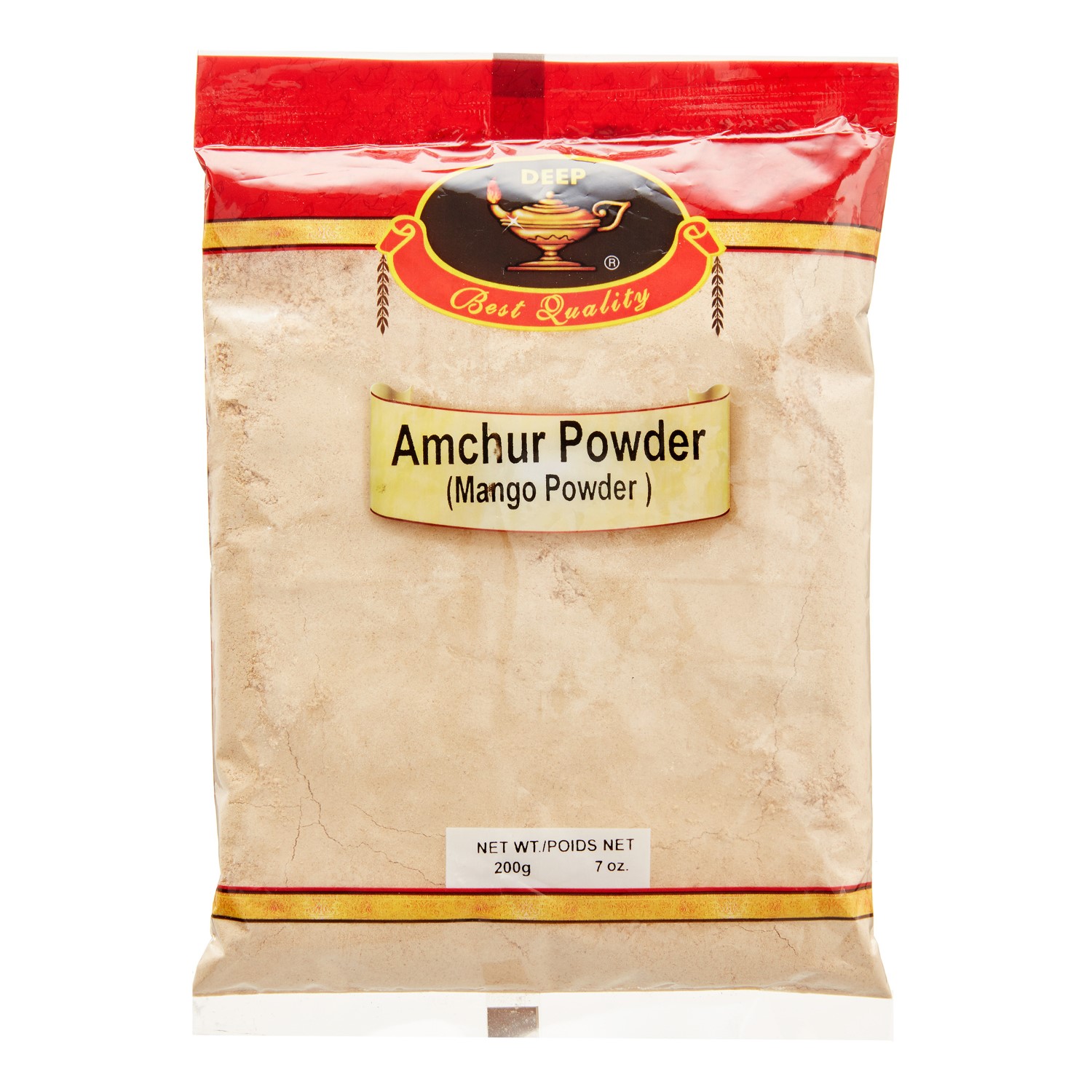
There is, I think, a certain uniquely American thrill in taking an ingredient which is wholly identified with one cuisine and using it with flavors and techniques not normally associated with that cuisine. I’m not talking about fusion, exactly, or maybe it’s the evolution of fusion: fusion would be, say, putting Korean bulgogi in a taco. That fusion is easily identifiable as the juxtaposition of two cuisines; it is not so much breaking free of traditions as it is combining multiple traditions. The bulgogi is still cooked the way bulgogi usually is, and the tortilla is prepared the way tortillas usually are, and they are smushed together but still remain themselves.
What is more interesting is to see each individual ingredient and technique by itself and to not really be motivated by what is usually done with it. In doing that we can completely escape any trappings of authenticity or tradition for a moment. Lately I have been doing this with amchur (sometimes spelled amchoor), a beige powder made of dried and then pulverized green, unripe mangoes.
Asafoetida
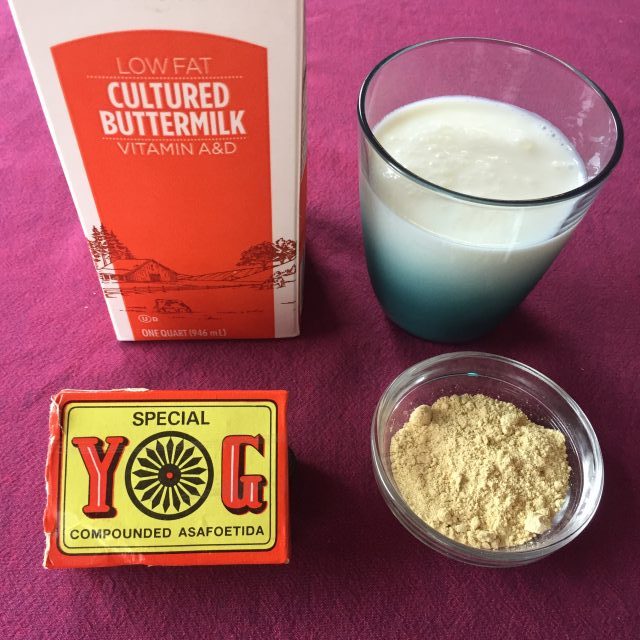
Image: Allison Stockman
Several years ago, while working in India, I learned about asafoetida when I contracted a case of chlamydia. In my eyes. I went to sleep on my mat one Friday evening under a mosquito net like usual, noting a slight ache under my lids. I thought it was too much exposure to the intense Uttarakhand high-mountain sun. When I woke up in the morning, my eyes were crusted shut, and a thick yellow goo the color of egg yolks was leaking out of my eyeballs, which were webbed and pink with bloodshot. Convinced it was some kind of river blindness or hemorrhagic fever, I fumbled my way, half blind, to a clinic where I had heard there was an American doctor, trained in Tropical Medicine at Tulane. He would hopefully be able to diagnose and dose me with the right drug before I lost my vision, or needed a complete enucleation to contain whatever demon force seemed to be devouring my eyes.
Normally I wasn’t such an alarmist, but after six months, and several water-borne illnesses, my mind and powers of reason had taken as much of a hit as my wasted body. The doctor took one look at me, did a swab test, and told me it was most likely chlamydia. At the time, I was Mormon, and a virgin. This diagnosis came as a total shock; I had contracted what I thought was my first venereal disease, without ever having sex. I started crying. I really didn’t understand how life could be so unfair to me—the most sexually frustrated unmarried LDS woman I knew. I had followed all the rules! No fingering, no blow jobs, no hand jobs, no going-down shenanigans of any kind. And now this?? He explained that chlamydia was actually an airborne disease, commonly contracted in the dry, dusty hills of the Dehradun District where I was living and working. He wrapped some sheer gauze around my eyes to keep the pus from running down my cheeks and sent me off in tears, with a prescription for the druggist.
Dillweed (As An Insult)
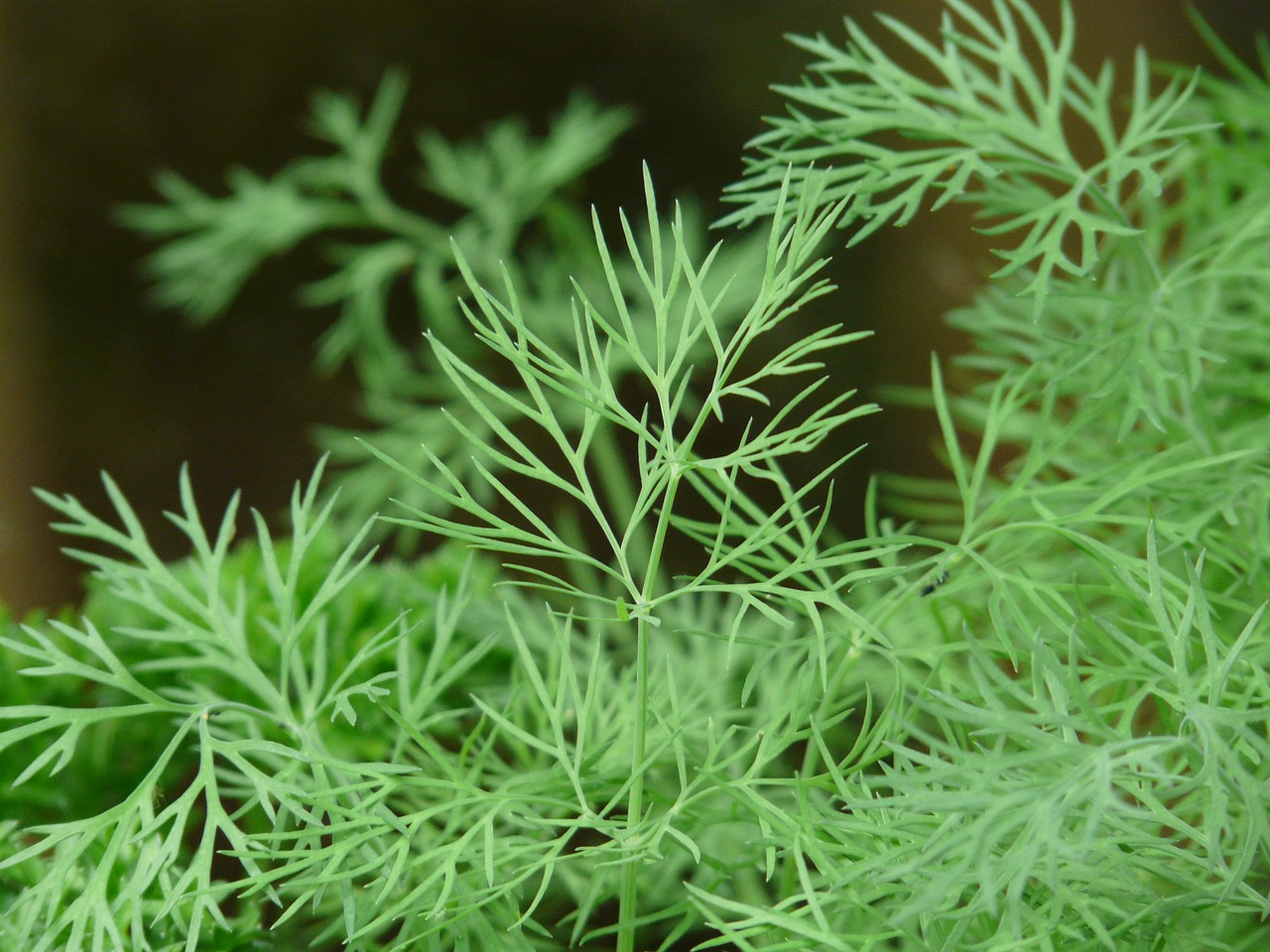
Image: Pixabay
In 1999, on the Straight Dope message board, a user named HeyHomie posed a question under the header “Dill-based insults in the 1970s,” which is a degree of specificity I can appreciate. He asked, “I hear the boys on “That 70’s Show” call each other ‘Dillweed’ and ‘Dillhole.’ I don’t remember hearing those used as insults until “Beavis and Butt-Head.” Is this an anachronism? Or were these indults [sic] used in the 70’s?” Despite the age of the original post, it was still receiving semi-regular replies as late as 2009—many of them reminiscing about high school, and at least one passionately defending of the city of Beloit, Wisconsin. How did an honest, hard-working herb get co-opted by a bunch of dirtbag teenagers? Eighteen years and no definitive answer later, I want to get to the bottom of this for everyone on that message board.
Dill is a trickster. When its fine leaves are gathered and bound by a rubber band into a bushy frond, damp from overhead produce spray, it’s sometimes mistaken for its cousin, fennel. Ask someone to describe the taste of dill and most resort to comparing it to something else—a pickle. But that’s no more accurate than saying ketchup tastes like tomatoes. It’s the pickle tastes like dill, all herbaceous and mellow and savory. So how did dillweed, a flavor that enhances the taste of everything from borscht to salmon, and whose delicate leaves beautify otherwise dull-looking dishes, end up as the go-to insult in any situation where it’s socially unacceptable to call someone a dickhead?
